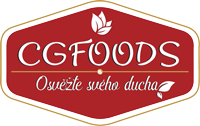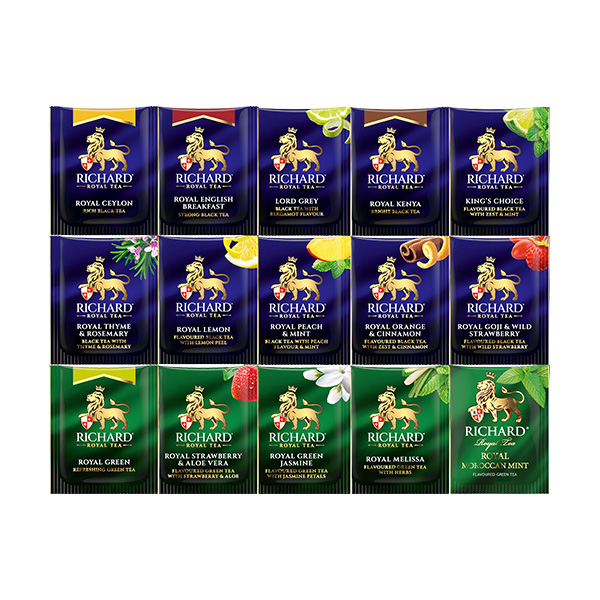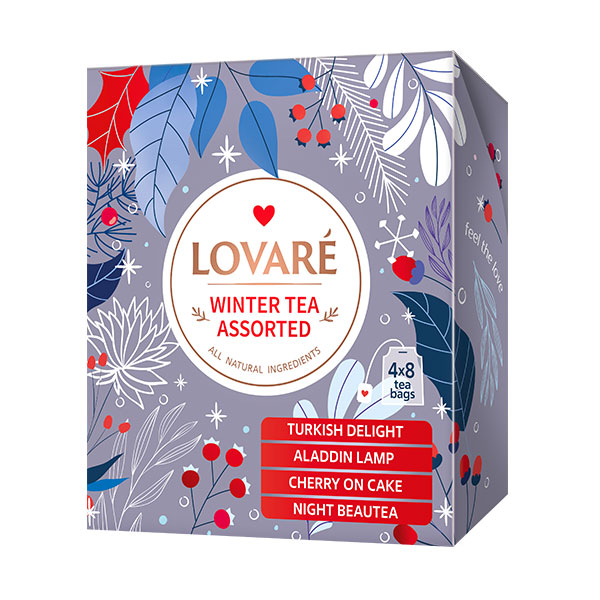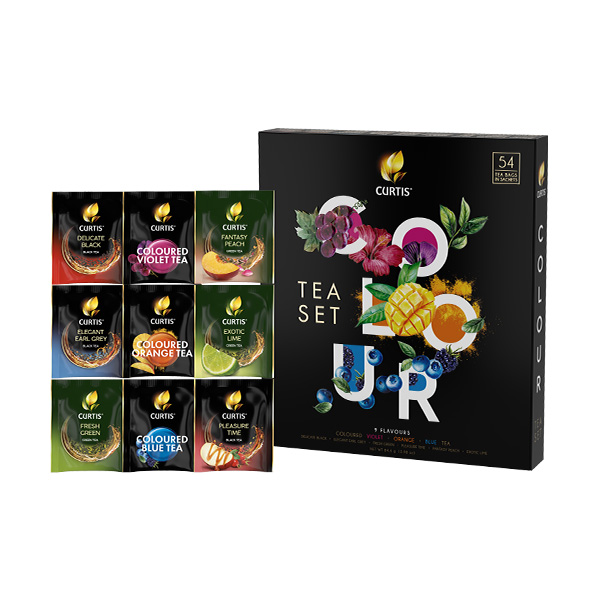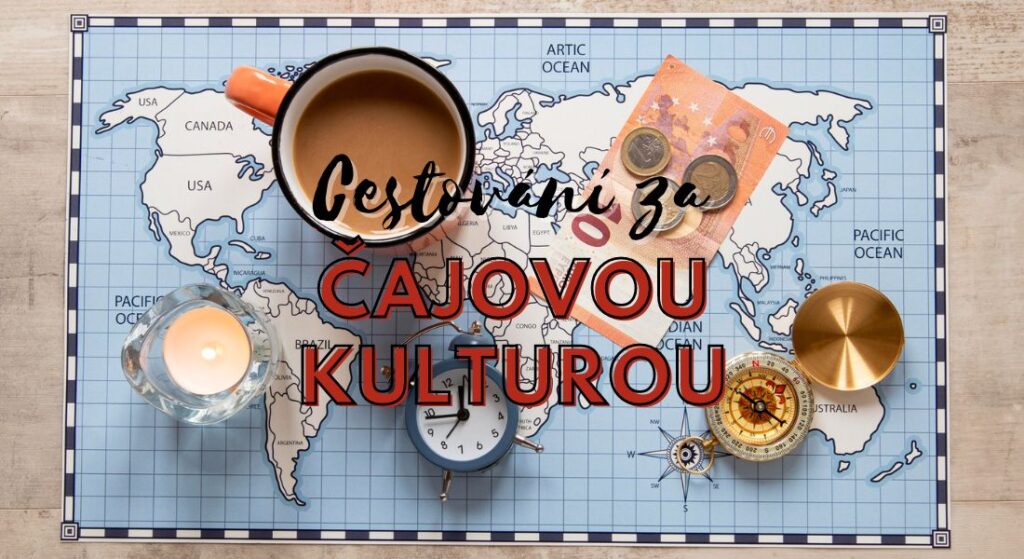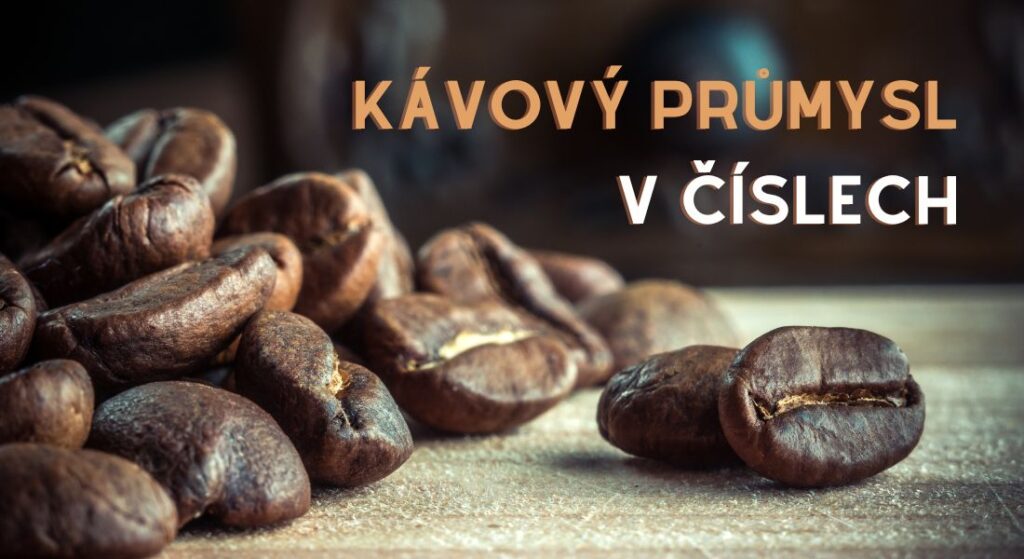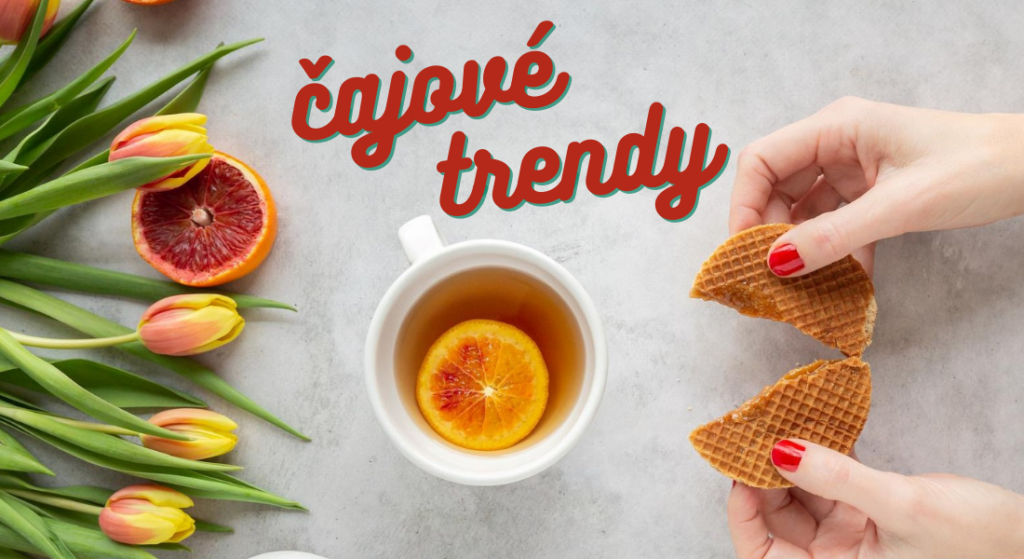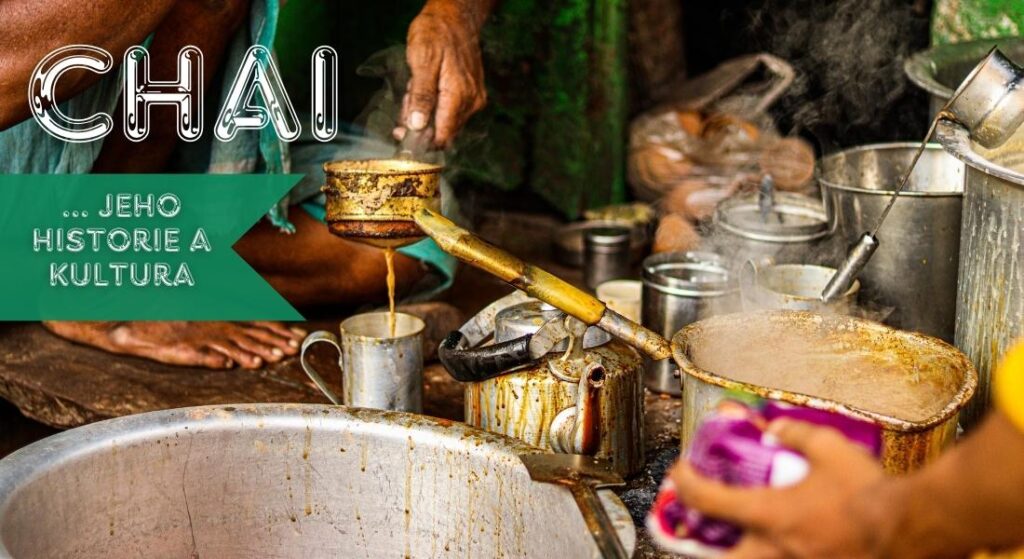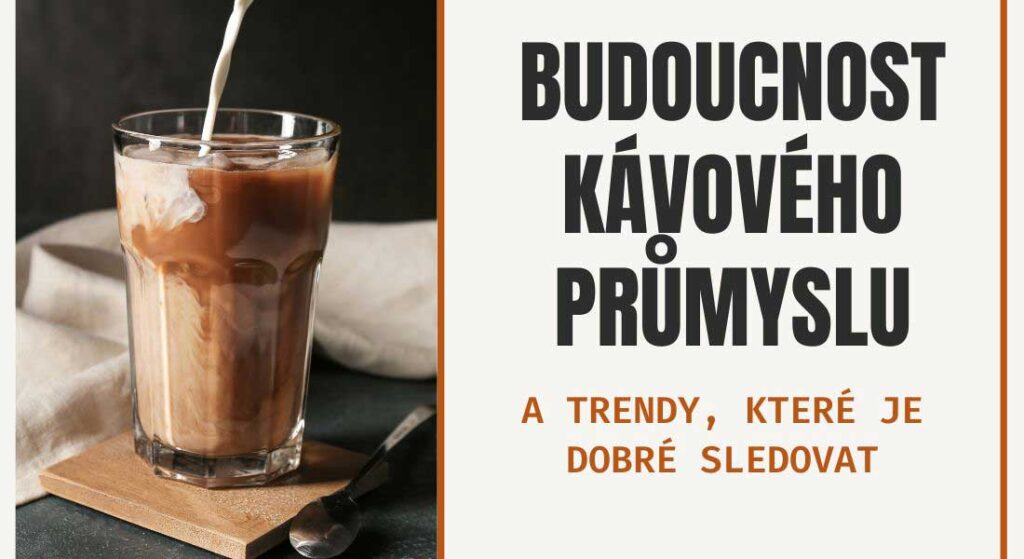Tea basics
Black and green tea, which is produced from the leaves of the Chinese tea plant, called Camellia sinensis, is considered true tea. Chinese monks and European traders later transported it to Japan and Sri Lanka (formerly called Ceylon), from where it spread to other countries. Today, its cultivation is widespread in a relatively wide geographical area of Asia, Africa, South America, Oceania and Australia.
The best quality teas grow at the highest altitudes. The quality of tea from higher altitudes is determined by the fact that the leaf grows more slowly and thus has more time to develop flavor-rich substances. Teas from lower-lying areas are usually stronger and darker in the infusion. However, they can also achieve high quality. Today, there are more than 3,000 types of tea in the world, each of which has its own distinctive character, mostly given by the region of origin.
During the production process, tea leaves are divided according to their quality into individual quality classes, so-called tea-leaves grades, which reflect the specific characteristics of the tea, its color and taste. The quality of the leaf, and thus the quality class, depends not only on the area of cultivation or the variety, but also on the time of harvest, with the highest quality achieved by the first, youngest leaves, the so-called Orange Pekoe (OP) and the lowest quality by leaves processed into a fine powder .


LOVARÉ Love Blossom 48g (24 sáčků, černý čaj)
Kč 65.99 Kč 59.99 bez DPH
LOVARÉ Night Beautea 48g (24 sáčků, černý čaj)
Kč 65.99 Kč 59.99 bez DPH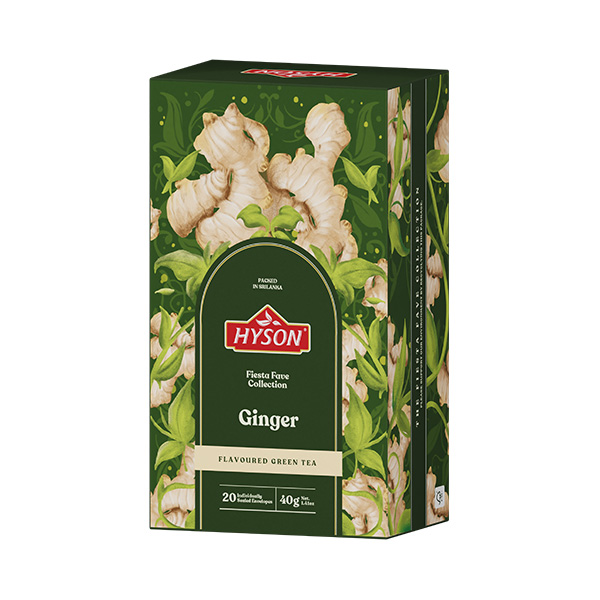
HYSON Ginger 40g (20 sáčků, zelený čaj)
Kč 64.37 Kč 58.52 bez DPH
POŠKOZENÝ HYSON Bilberry & Soursop 40g (20 sáčků, zelený čaj)

RICHARD Thinking of You 37 g (20 sáčků, kolekce čajů)
Kč 129.36 Kč 117.60 bez DPH
CURTIS Cocktail Tea Collection 28,2 g (18 sáčků, kolekce čajů)
Kč 120.56 Kč 109.60 bez DPH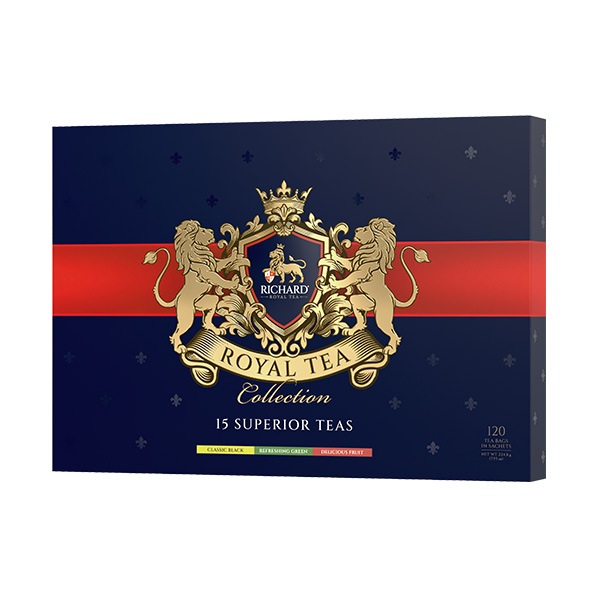
RICHARD Royal Tea Collection 230,4g (120 sáčků, kolekce čajů)
Kč 429.51 Kč 390.46 bez DPH
POŠKOZENÝ THURSON Warming Time 30g (20 sáčků, bylinný čaj)
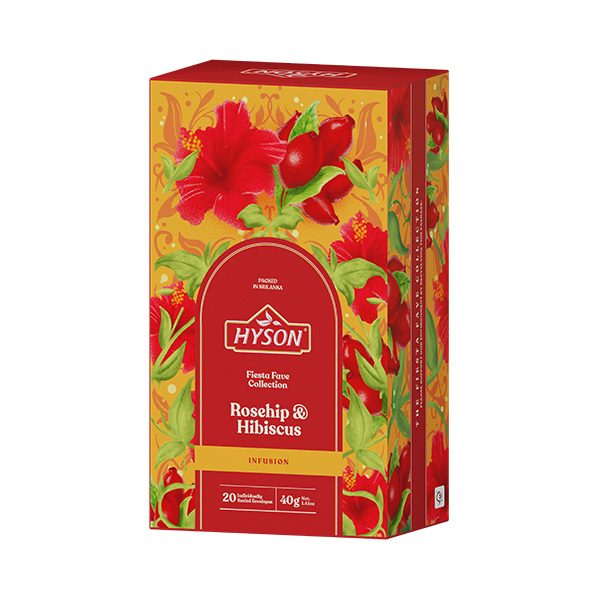
POŠKOZENÝ HYSON Rosehip & Hibiscus 40g (20 sáčků, bylinný čaj)

RICHARD Royal Tiger BABY 34g (20 pyramid, černý čaj) DMT 9/24
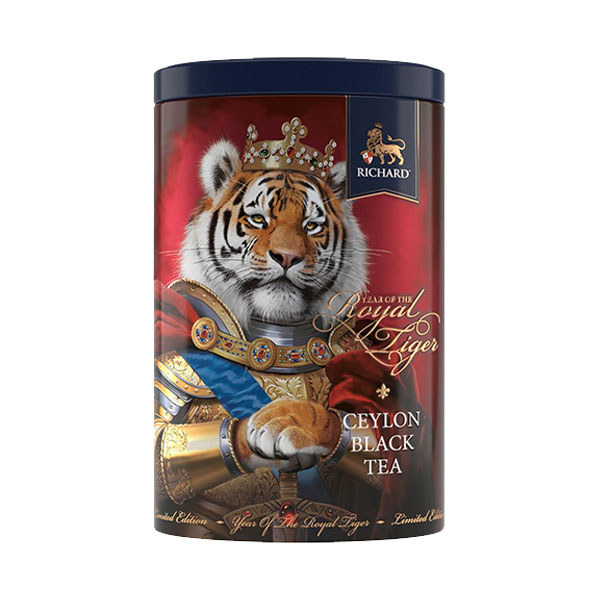
RICHARD Royal Tiger KING 34g (20 pyramid, černý čaj) DMT 9/24
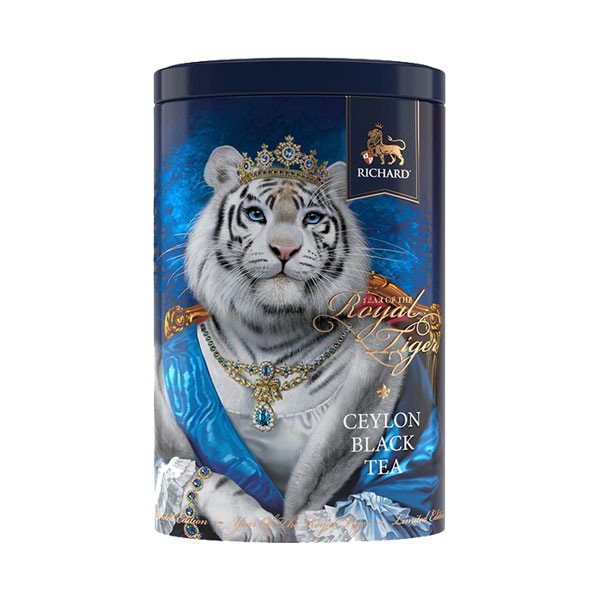
RICHARD Royal Tiger QUEEN 34g (20 pyramid, černý čaj) DMT 9/24

RICHARD Royal Tiger QUEEN 17g (10 pyramid, černý čaj) DMT 9/24

RICHARD Royal Tiger KING 17g (10 pyramid, černý čaj) DMT 9/24

RICHARD Royal Tiger BABY 17g (10 pyramid, černý čaj) DMT 9/24

LOVARÉ Winter Tea 80g (sypaný, černý čaj)
Kč 138.40 Kč 125.82 bez DPH
CURTIS Colour Tea Set 84,6g (54 sáčků, kolekce čajů)
Kč 269.50 Kč 245.00 bez DPH
CURTIS Tea Gift Set 63,6g (36 sáčků, kolekce čajů)
Kč 183.26 Kč 166.60 bez DPH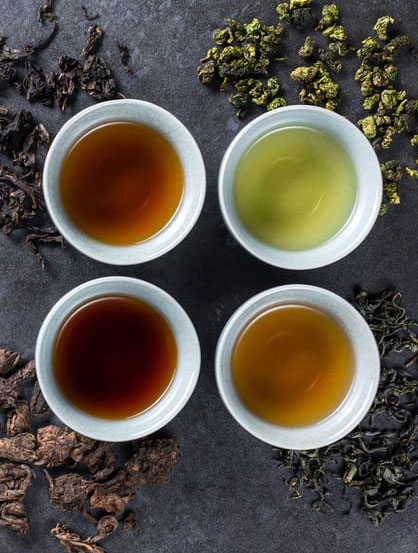
According to individual quality classes, we distinguish:
- OP – Orange Pekoe
- Broken Pekoe (BP)
- Broken Orange Pekoe (BOP)
- BPS – Broken Pekoe Souchong
- FOP – Flowery Orange Pekoe
- Dust – Tea dust
- FBOP – Flowery Broken Orange Pekoe
- GFOP – Golden Flowery Orange Pekoe
- GBOP – Golden Broken Orange Pekoe
- Fannings – Approx. 1 mm big tea particle
- TGFOP- Tippy Golden Flowery Orange Pekoe
- GFBOP – Golden Flowery Broken Orange Pekoe
- FTGFOP1 – Finest Tippy Golden Flowery Orange Pekoe 1
- SFTGFOP – Special Finest Tippy Golden Flowery Orange Pekoe 1



Enveloped or loose?
If we leave aside special tea rooms, the most common way of serving tea in regular gastro establishments is portioned tea, which, compared to loose tea, does not require special preparation – there is no need to measure the exact amount or pour it through a colander or strainer afterwards.
It is easy not only to prepare, but also to choose the taste. It is common to allow the guest to choose their own portioned tea from the offer of individual types. The popularity of teas in silk pyramid bags is increasing - for their quality, aroma and character, with the higher quality and freshness achieved by the fact that the tea is packed directly on the plantations. Silk bags are also in our collection, both in the Richard and Curtis range.
Tea storage
Improperly stored tea loses its distinct flavor and aroma very quickly. Tea is a product with a long shelf life, but it very easily captures moisture, aromas and smells in the surroundings. Therefore, the method of storage has a significant effect on shelf life. Tin cans are the most unsuitable for preserving the original tea quality. Especially higher quality teas are shipped in such cans.
How to properly prepare excellent tea?
In addition to the tea leaves themselves, quality water and the appropriate length of steeping are crucial for a good cup of tea. In order to truly enjoy tea, the following principles must be observed:
- the water for preparation should always be fresh and cold,
- we bring the water to the boiling point, but keep it boiling only for a short time, so as not to lose the acidic substances that are important for releasing the distinctive tea aroma.
- We always use a preheated teapot or cup.
- We pour the tea leaves or the infusion bag - in the case of black tea with boiling water, when preparing green tea, the water should be cooled to approximately 75°C. But it always has to pass the boiling point first!
- We infuse black tea for 3-5 minutes, green tea for a maximum of 3 minutes.
Did this article interest you or would you like to ask something? Leave us a comment or you can read other articles 🙂
